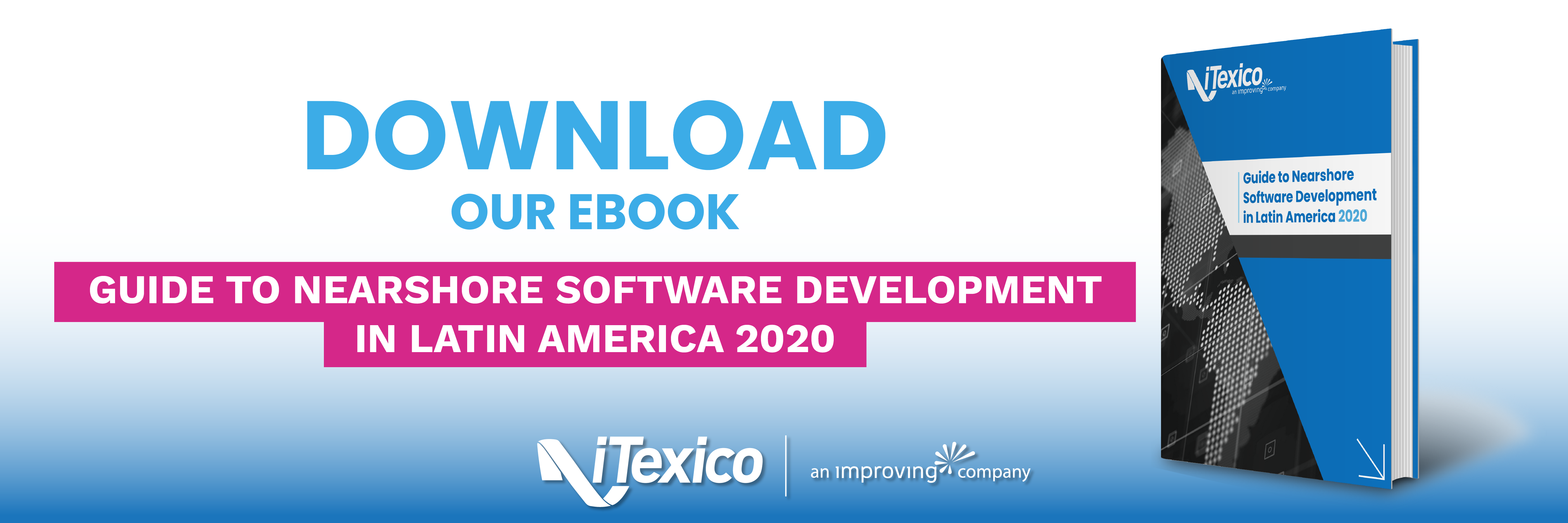The Digital Transformation: Is Your Business Ready?
In case you hadn’t noticed, we now live in a time where technology has had an inescapable impact on the way we live, the way we interact, and the way we conduct business. A digital transformation!
Indeed, it’s hard to close our eyes and think back even 15 years ago, before social media and smartphones, to a time when we had to work harder to interact with the world around us. Disruptive technologies which have forced humans to change have also shaken the foundations of many stalwart businesses, which now face a critical inflection point: adapt -- or die.
Today, a digital transformation -- sometimes considered to be the fourth industrial revolution -- is an absolute must for businesses seeking to stay relevant and to retain market share in 2018 and beyond. According to a PNC.com report on digital trends, just last year, 70 percent of U.S. chief executives made substantial investments in new technologies designed to make their businesses or products more competitive.
As a result, in 2018, 40 percent of market-leading businesses -- those in the top 20 of every industry -- are expected to withstand a disruption to their business due to new digital innovation on the part of their competition. Leading the charge will be millennials, an age group which will comprise 50 percent of the workforce in just two years -- creating new talent challenges for CEOs when it comes to strategic investments in innovation within their companies.
Before we move forward, a little history about the previous “industrial revolutions” that have transformed the nation’s business landscape. By definition, these periods of change represent times of unprecedented technological and economic development. We can look at the 1760s with the introduction of coal and steam; the 1870s when electricity was widely adopted; and the 1960s, when computers and communications first impacted business.
But it seems that something is different about this fourth Industrial Revolution -- in terms of the volume of technological innovation that is coming to bear, all at once. In rapid-fire succession, business are having to learn how to adapt and command to things like 3D printing, cognitive systems, smart machines, 5G connectivity, distributed ledgers, wearable technology and merged reality. These and other innovations have given rise to things we only thought existed in the world of science fiction, like smart agriculture, 3D printing of prosthetics, wearables for both lifestyle and industrial use, robotic surgery, autonomous cars, and human augmentation.
Of course, it’s one thing to appreciate the need to participate in the digital transformation; it’s quite another to understand what it takes within your enterprise to actually accomplish it. If your business is at risk of being caught in a tussle between traditional competitor and disruptive business, you don’t typically have the luxury of time to procure the right internal talent and capabilities to close the agility and innovation gap.
A quick way to jump-start the digital transformation.
Companies like iTexico -- which offer Agile teams “as a service,” available to plug in at a moment’s notice to assist businesses with mission-critical tasks -- offer a quick way to jump-start the digital transformation.
First, their teams of contractors are already adept at understanding and deploying the latest technologies -- so they can fill the skills gap at your company, and even train your engineering team while working alongside them to accomplish transformative items.
Second, teams like those at iTexico are scalable resources -- meaning you can flood the project with personnel during times of peak activity, and pull back to a smaller crew when maintenance and monitoring are the order of the day.
Third, as a third-party resource, iTexico and other contractors aren’t subject to the political winds, and in fact can help address resistance to change by helping those affected by the digital transition to understand the goals of the outcomes.
Fourth, and finally, iTexico subscribes to a “Nearshore-Plus” business model -- an efficient practice by which resources are positioned in the U.S. and in nearby Mexico to help increase business efficiency and lower overall costs. So a digital transformation need not be an expensive proposition, either.
Embracing a digital transformation it’s a must.
There’s simply no doubt -- competition, today, is fierce, and technology is fueling the playing field. Whether your aspirations are to maintain market share, or to demonstrate an ability to grow beyond your current footprint with new products and services, or in new geographies or segments, embracing a digital transformation within your enterprise isn’t just an option -- it’s a must.
Is your company ready? Give iTexico a call today -- we’re happy to help you to assess your digital readiness, no matter what your focus is.



Post Your Comment Here